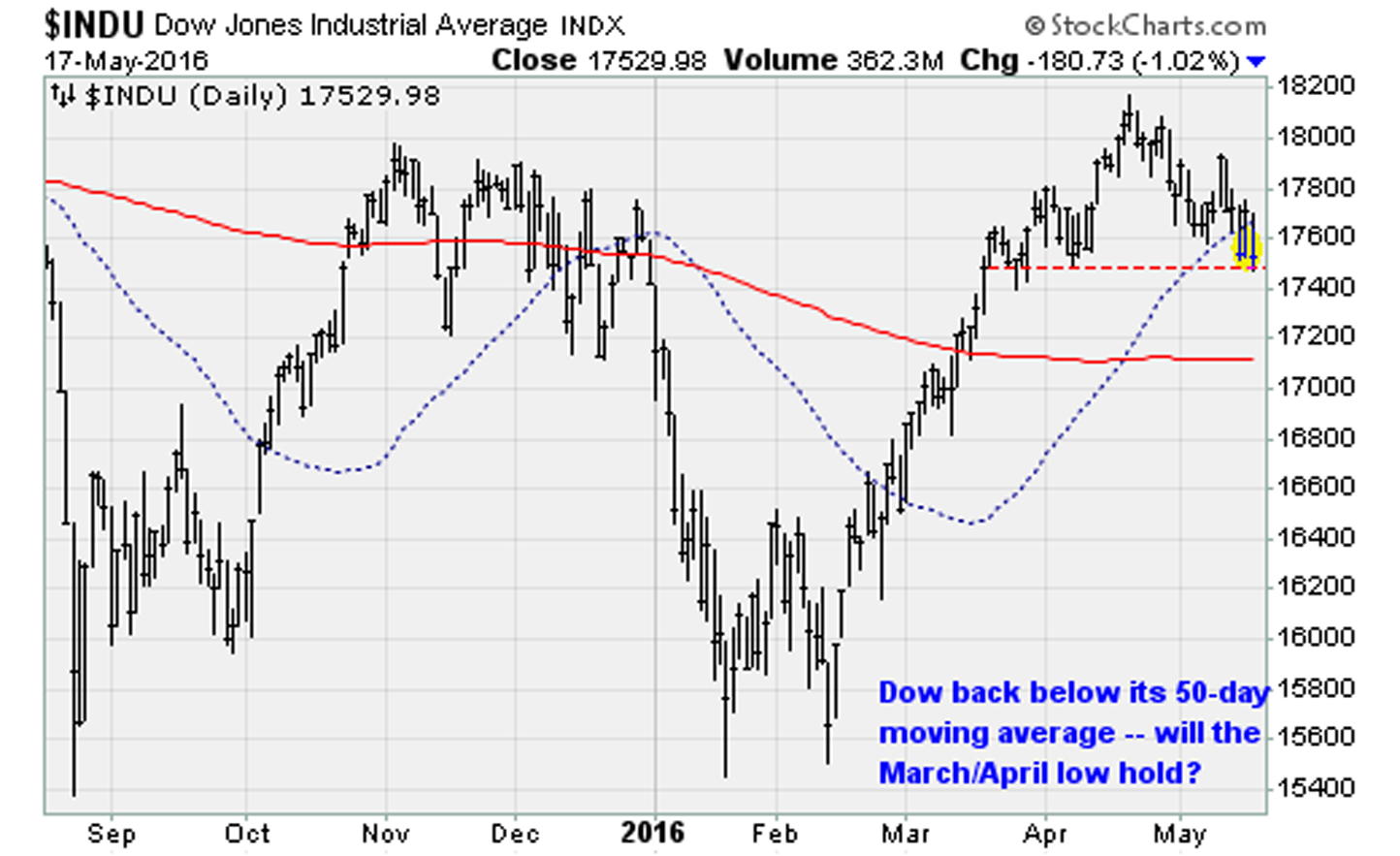


"There is so much psychological togetherness that seems to have worked both on the up side and on the down side,” Andrew Grove, chief executive of technology company Intel Corp., said in an interview. In the United States, the DJIA crashed at the opening bell and eventually finished down 508 points, or 22.6 percent. Traders reported racing each other to the pits to sell. In the most severe case, New Zealand’s stock market fell 60 percent. Additional investors moved to liquidate positions, and the number of sell orders vastly outnumbered willing buyers near previous prices, creating a cascade in stock markets. 5 The weekend trading break offered only a brief reprieve Treasury Secretary James Baker on Saturday, October 17, publicly threatened to de-value the US dollar in order to narrow the nation’s widening trade deficit.Įven before US markets opened for trading on Monday morning, stock markets in and around Asia began plunging. By the end of the trading day on October 16, which was a Friday, the DJIA had lost 4.6 percent. On October 16, the rolling sell-offs coincided with an event known as “triple witching,” which describes the circumstances when monthly expirations of options and futures contracts occurred on the same day. Beginning on October 14, a number of markets began incurring large daily losses. The markets began to unravel, foreshadowing the record losses that would develop a week later. The federal government disclosed a larger-than-expected trade deficit and the dollar fell in value. 4 In mid-October, a storm cloud of news reports undermined investor confidence and led to additional volatility in markets. By late August, the DJIA had gained 44 percent in a matter of seven months, stoking concerns of an asset bubble. Stock markets raced upward during the first half of 1987. In addition, the Federal Reserve’s response set a precedent for the central bank’s use of “liquidity” to stem financial crises. Black Monday led to a number of noteworthy reforms, including exchanges developing provisions to pause trading temporarily in the event of rapid market sell-offs. The Black Monday events served to underscore the concept of “globalization,” which was still quite new at the time, by demonstrating the unprecedented extent to which financial markets worldwide had become intertwined and technologically interconnected. 2 At the time, it also marked the sharpest market downturn in the United States since the Great Depression. In the United States, the Dow Jones Industrial Average (DJIA) dropped 22.6 percent in a single trading session, a loss that remains the largest one-day stock market decline in history. The first contemporary global financial crisis unfolded in the autumn of 1987 on a day known infamously as “Black Monday.” 1 A chain reaction of market distress sent global stock exchanges plummeting in a matter of hours.


 0 kommentar(er)
0 kommentar(er)
